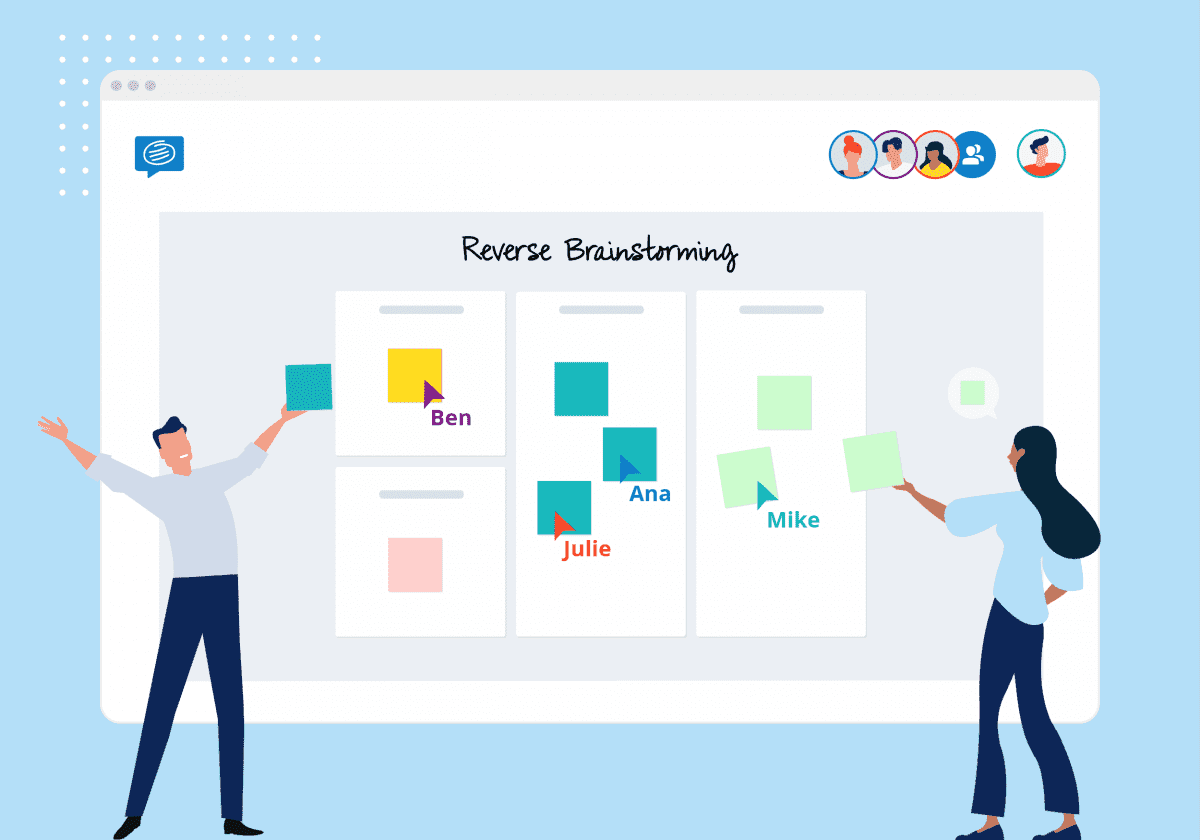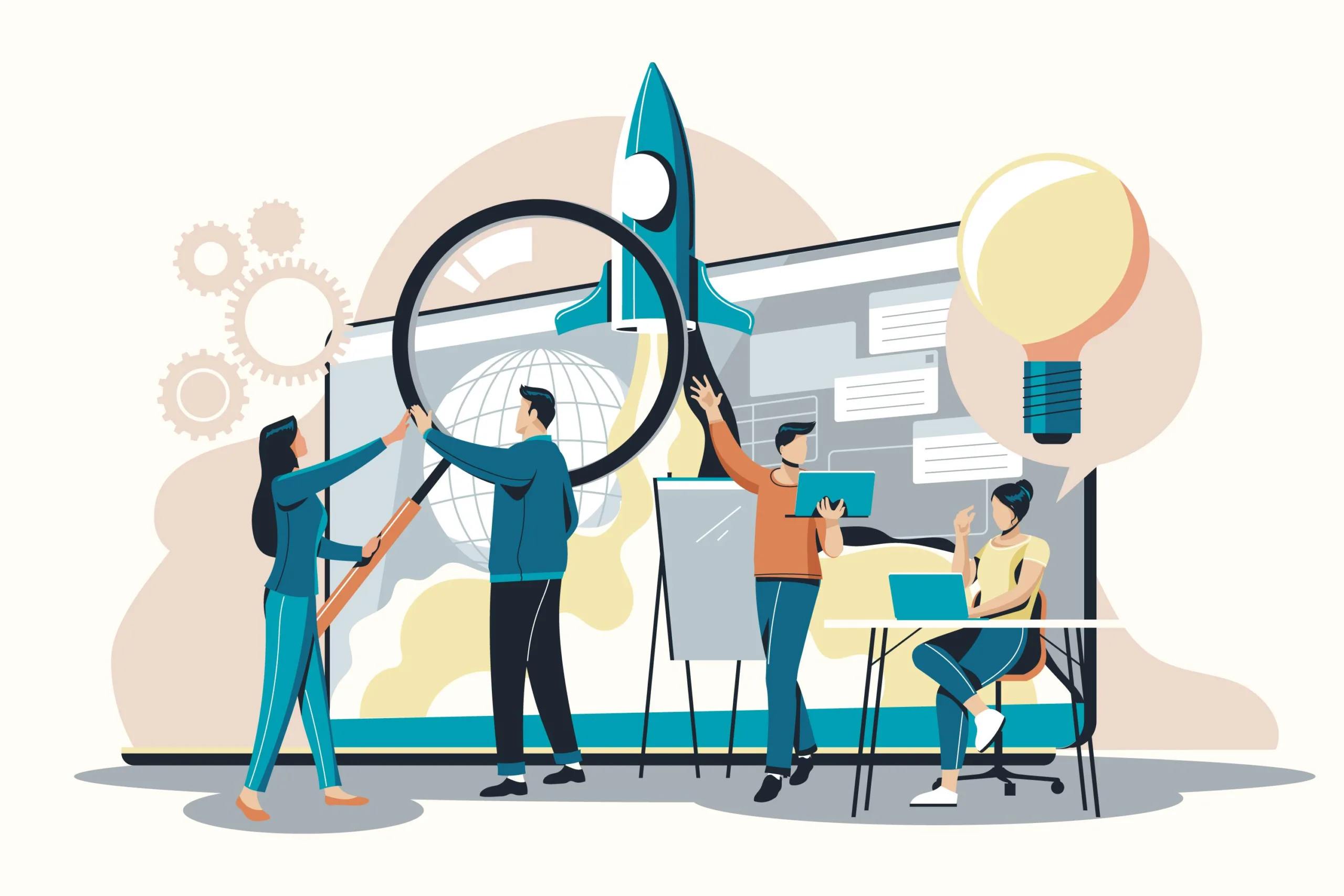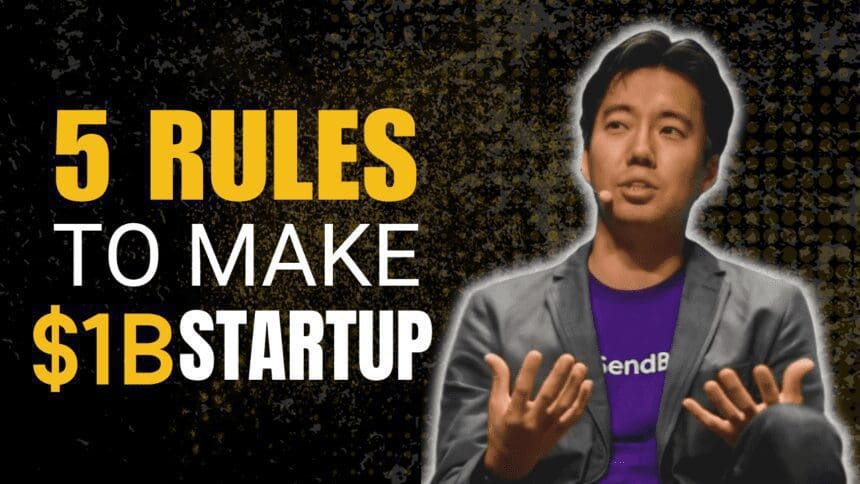I’m so surprised by a lot of startup founders when I ask them, like, how many customers did you talk to? They’re like, I talked to three customers last week or five customers last month. I’m like, Are you kidding me?
You need to be talking to 3 to 5 customers a day. You’ll be attending so many networking parties, going to every single conference, going to every single speaking event. But you don’t go back to the fundamentals of building a strong product.
None of that really matters until you find a strong product market fit In the early days, none of it else matters.
Introduction
Hi, my name is John, founder and CEO of Sendbird. We are the world’s leading Conversation platform for mobile applications.
We powered a quarter billion users on a monthly basis, sending seven plus billion messages powering major applications like DoorDash, PayPal, Reddit, Yahoo! Fantasy Sports, and Krafton. In Korea today, we have over 340 employees globally and in seven different countries.
We have collectively raised over $220 million in funding, which valued our company over $1 billion. Something that a lot of first-time founders don’t really think about is they look for market trends or opportunities they think are interesting and timely. But a lot of founders pick ideas that are not really aligned with their own strengths.
So what ends up happening is after 2 to 3 years, they realize that pretty much whatever you do is harder than you think. It will take longer, it will be harder. So a lot of smart people end up giving up too quickly because it wasn’t really something that they wanted to commit to for the next ten years.
Product Market Fit

Whatever the next thing you pick, try to see if you can really commit to the idea. Imagine yourself doing that for the next ten years, which is very, very hard. But if you can really see yourself in the next ten years doing things hopefully greater at scale, that would be a more important question I would also ask myself when I’m starting my next company can I commit to this for the next ten years?
I’m still surprised by a lot of founders when I ask them, like, how many customers did you talk to last week? They’re like, I talked to three customers last week or like five customers last month. I’m like, Are you kidding me?
You need to be talking to 3 or 5 customers a day. People who are good with one thing tend to overlook the others. So, for instance, if you’re an engineer, and you love building great products, you will be naturally biased to spending more time on the product.
So instead of spending more time with customers, you’re like, you think you have an idea about customers? You try to go and build it before you even talk to your customers or validate from customers. If you’re so outward facing, you’ll be attending so many networking parties, going to every single conference, going to every single speaking event.
But you don’t go back to the fundamentals of building a strong product. So think about what your strengths are and try to make sure that you are balancing out talking to customers and building a fantastic product. Try to deprioritize everything else.
None of that really matters until you find a strong product market fit. In the early days, none of it else mattered. In the early days, we were trying to find product market fit.
It was obviously within 24 hours. You talk to a customer in the evening, you build something the next day you follow up. 20 to 40 hours is when you follow up.
So when I was doing the sales call myself towards the end of the first call, I always said within 24 hours you’ll hear back from me on X, Y, Z, whether it be pricing the next steps within 48 hours, you’ll get a call from me. So I always try to set that milestone in my very first call that when I will be following up, it is a feature development. They will surely know at least whether we are going to deliver it or not within 24 hours.
And if we do, we’ll probably ship it within a week. I have about a two-week sprint, so every two weeks we’re releasing something new about our product. So we have that level of iteration.
Startup Culture

Once the B2B gets to a certain scale, you can’t do it on a daily release, they’ll freak out some customers because they built one way. The next day the documentation changes, and they’re going to freak out. So you want to manage the expectation, and the cadence a little bit.
So you kind of build that, whether it be 2 to 3 weeks cadence back in the day. So it’s a matter of days, if not a week. The way I think about culture is they call it organizations, superorganisms.
It’s a collection of people, but the collection is greater than the individuals combined. So one plus one is not two. Ideally, it’s three or greater.
So if you were to look at a single person, a person has a set of core values. They may have dreams and aspirations. If you kind of map that to an organization, you can also think of the culture as your core values.
Personal core values turn into corporate core values, your organization’s strengths and weaknesses. All those things collectively combined are something that we kind of put a label on it called The Culture. A culture is like a muscle memory.
It is very hard to change. A habit is very hard to just say, Hey, today we’re going to define our culture as XYZ. We’re just going to change this way.
It doesn’t work like that. It’s a collection of people’s habits that’s like, again, like a superorganism. So you have to really nudge and create an iterative feedback loop.
It’s a slowly evolving thing. So that’s why it’s so critical, like your day-to-day decision-making, day-to-day operation. Everyday execution is really dictated by the culture of your organization, not by a couple of checklists.
It’s not what you write on the wall. It’s what you do and live and breathe every day. And that is the culture I came to realize the culture of a company is super important, even way before I did my first startup because I also used to work at other companies too.
Before finishing school, we had 100 employees, and CEOs who studied abroad. He was a PhD, actually. It was pretty cool.
It was like the earlier version of StarLink. Then I started to see the company kind of not executing well, missing the goals. I think what really drove down the company was the culture.
The leadership was disconnected from what was happening in the field. And then I started to see a lot of good people leave first and people who were a little bit toxic and were not doing a good job, but they were great at like selling to their senior bosses. They were getting more power and liked more roles.
I can tell these guys who were playing Starcraft all day long, are not working. If I were this person, if I were the CEO, what would I do differently? What would I have done differently?
Ultimately came to the conclusion that if they had a very strong culture of understanding, empowering good people, and then knowing what’s happening to the company, maybe they could have had a different outcome. So when I started my first company and also the second company, we started out with a mission statement and a set of core values. We do workshops, we try to get the early employees and the management, like the founders, to get together, and spend maybe a day talking about core values and the culture of the company.
And so since then, we’ve always kind of thought culture was one of the most critical operating systems of a company. People have to realize if your company is growing quickly, you don’t really have time to organically learn the things you need to learn, like the skill sets. So my general advice is to continue to seek out companies or people that are maybe one stage or two stages ahead of you.
Advice for Founders

And I think this is generalizable to not just the startups, but anyone seeking fast growth in their own professional lives in their careers too. What does greatness look like? Try to seek out people who have been there, and done that before, and then try to not connect with one, but try to interview 3,5,10 people to see what a general pattern of greatness looks like that will get you to the next level of the company, next stage, maybe a year, 12 months from now, 24 months from now, seek out people who kind of went down that path a few times.
Then you’ll start to find this pattern that starts to emerge. What are the things that you need to have 12 months from now, 24 months from now that you currently don’t have? Then try to build a path towards that.
Almost like Amazon’s or Jeff Bezos’s mantra of working backward. Think about what your end game or next stage looks like and then figure out your steps to getting there and who you need to work with upgrading or coaching your existing team or recruiting from somewhere else to really level your leadership.
Because ultimately the job of a CEO is to do three things, right? One is to get the strategy right for your company, making sure it’s executed, getting the right teams onboarded, and getting the resources, whether it be fundraising or allocating your resources.
Conclusion

So a strategy, people, or team figuring out how you need to navigate those things to get to the next level. Have bigger dreams, and have longer time horizon. Also, have the patience to hopefully dare and again risk greater things. I believe that probably gave me more confidence to be able to do something like this. Coming to the US when everybody said, No, you can’t do it.
We couldn’t really find a playbook of a Korean startup coming to us and doing something in Silicon Valley. And literally, everyone I spoke to, whether it be here in the US or in Korea, said, No, it cannot be done. That’s stupid. That’s too risky. You will lose all the money in your time, etcetera, but still be able to take that bet was probably coming from that first-time experience.
Being able to achieve something, have a positive feedback loop, and increase the time horizon of the next journey. So I think that’s probably one of my greatest learning.






